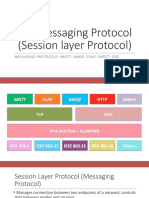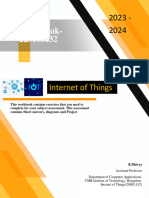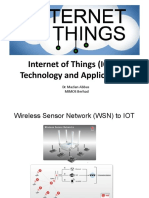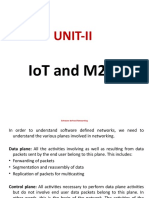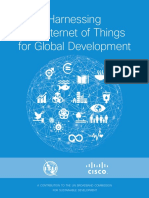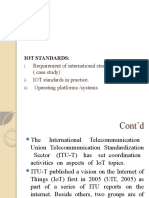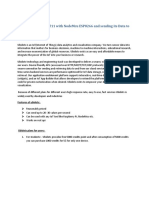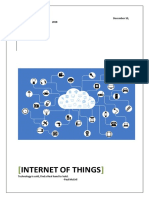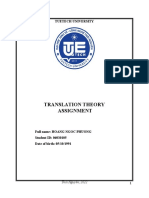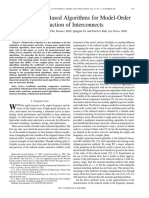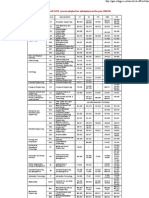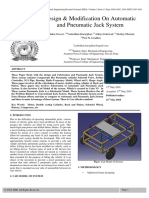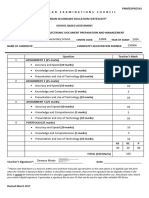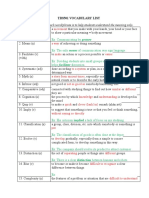0% found this document useful (0 votes)
119 views20 pagesIoT Protocols: MQTT vs CoAP
MQTT and CoAP are messaging protocols that were compared and tested for performance. MQTT is designed for high latency, low-bandwidth networks, while CoAP is for constrained, low-bandwidth networks. Tests measured latency, throughput, and quality of service (QoS) levels using different network conditions. MQTT generally had higher throughput than CoAP, while CoAP had lower latency. Scalability tests showed that while MQTT can scale to more clients and brokers, latency and CPU usage increase with more connections. Overall, the document analyzes the performance and scalability of MQTT and CoAP through experimental testing under various network scenarios.
Uploaded by
Kb NguyenCopyright
© © All Rights Reserved
We take content rights seriously. If you suspect this is your content, claim it here.
Available Formats
Download as PDF, TXT or read online on Scribd
0% found this document useful (0 votes)
119 views20 pagesIoT Protocols: MQTT vs CoAP
MQTT and CoAP are messaging protocols that were compared and tested for performance. MQTT is designed for high latency, low-bandwidth networks, while CoAP is for constrained, low-bandwidth networks. Tests measured latency, throughput, and quality of service (QoS) levels using different network conditions. MQTT generally had higher throughput than CoAP, while CoAP had lower latency. Scalability tests showed that while MQTT can scale to more clients and brokers, latency and CPU usage increase with more connections. Overall, the document analyzes the performance and scalability of MQTT and CoAP through experimental testing under various network scenarios.
Uploaded by
Kb NguyenCopyright
© © All Rights Reserved
We take content rights seriously. If you suspect this is your content, claim it here.
Available Formats
Download as PDF, TXT or read online on Scribd
/ 20
